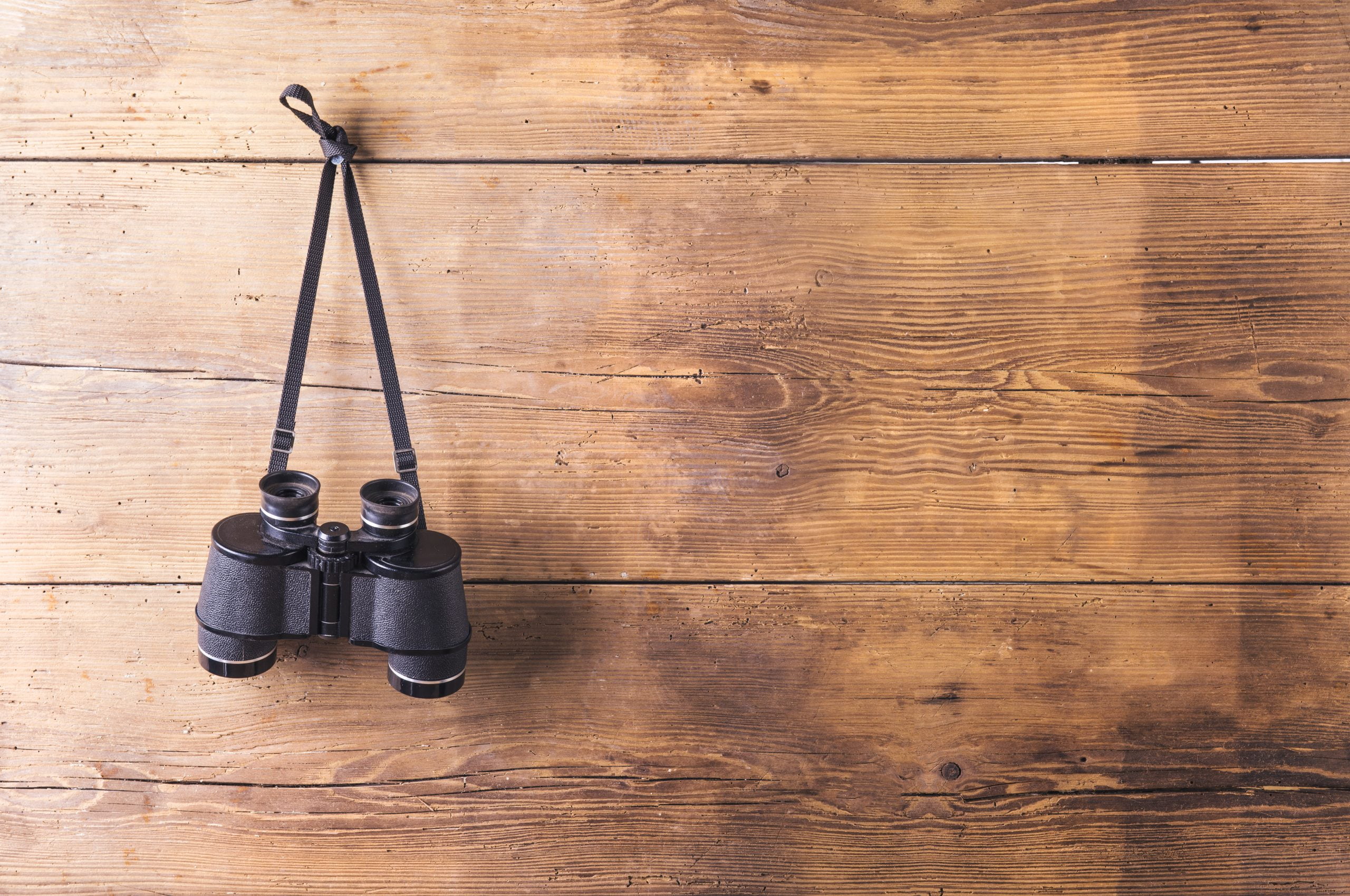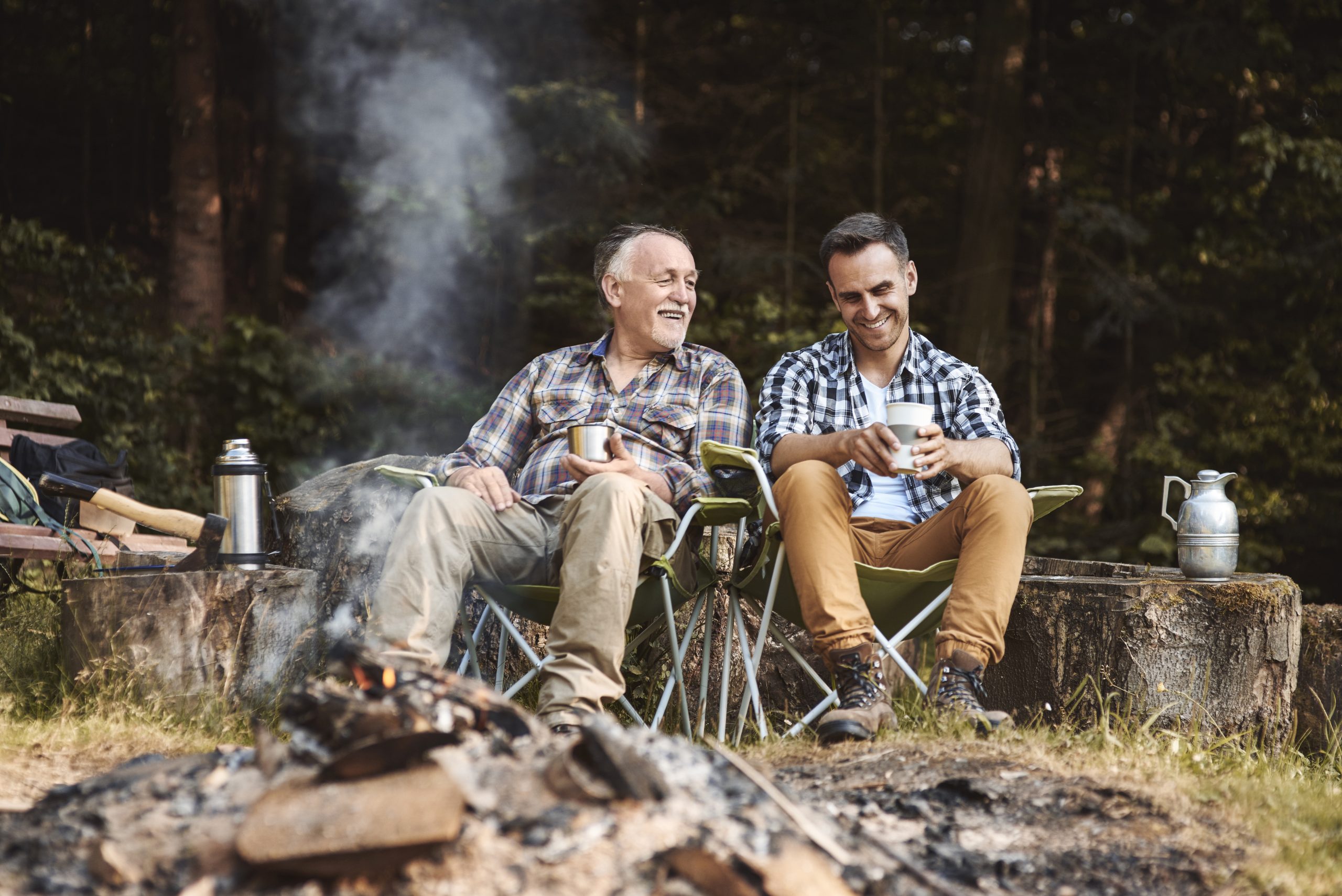Surviving in the wilderness can be a daunting task, especially if you’re unprepared. Whether you’re planning an outdoor adventure or simply want to know what to do in case of an emergency, having basic survival skills is essential. In this blog post, we’ll cover the basics of wilderness survival, from psychology to practical skills like building shelter and starting fires. Let’s dive in!
Survival Principles: The Foundation of Wilderness Survival
The first step to surviving in the wild is understanding the principles that guide successful survivors. These include staying calm, conserving energy, and making smart decisions based on your situation. It’s also important to prioritize your needs, such as finding water and shelter before worrying about food. By following these principles, you can increase your chances of survival and make it through even the toughest situations.

Survival Psychology: Mental Toughness and Positive Attitude in the Face of Adversity
When faced with adversity in the wilderness, mental toughness is key. You need to have a positive attitude and be willing to adapt to changing circumstances. This means staying focused on your goals, avoiding negative thoughts, and maintaining a sense of humor when things get tough. Additionally, practicing visualization techniques can help you stay motivated and focused on your survival goals.
Survival Skills 101: Mastering the Basics of Fire, Shelter, Navigation, and More
Once you understand the principles of survival, it’s time to master the practical skills needed to thrive in the wilderness. This includes building shelter, starting fires, navigating using maps and compasses, and signaling for rescue. These skills take practice, so it’s essential to prepare ahead of time by reading books, taking courses, and practicing in controlled environments. With these skills under your belt, you’ll be ready to face any challenge that comes your way.
From Zero to Hero: How to Build Your Own Survival Kit for Any Situation
Building a survival kit is an essential part of preparing for any outdoor adventure. A well-stocked kit can mean the difference between life and death in a crisis situation. To build your own survival kit, start with the essentials, including a knife, fire starter, water filter, and first aid supplies. From there, add additional items based on your specific needs and location. For example, if you’re hiking in bear country, consider adding pepper spray to your kit. Remember, the goal is to be prepared for anything, so don’t skimp on quality or quantity when building your survival kit.

In conclusion, surviving in the wilderness requires a combination of knowledge, skill, and mental toughness. By following the principles of survival, mastering practical skills, and building a comprehensive survival kit, you can go from zero to hero in no time. So lace up those boots, grab your gear, and hit the trail with confidence knowing that you’re equipped to handle whatever nature throws your way.